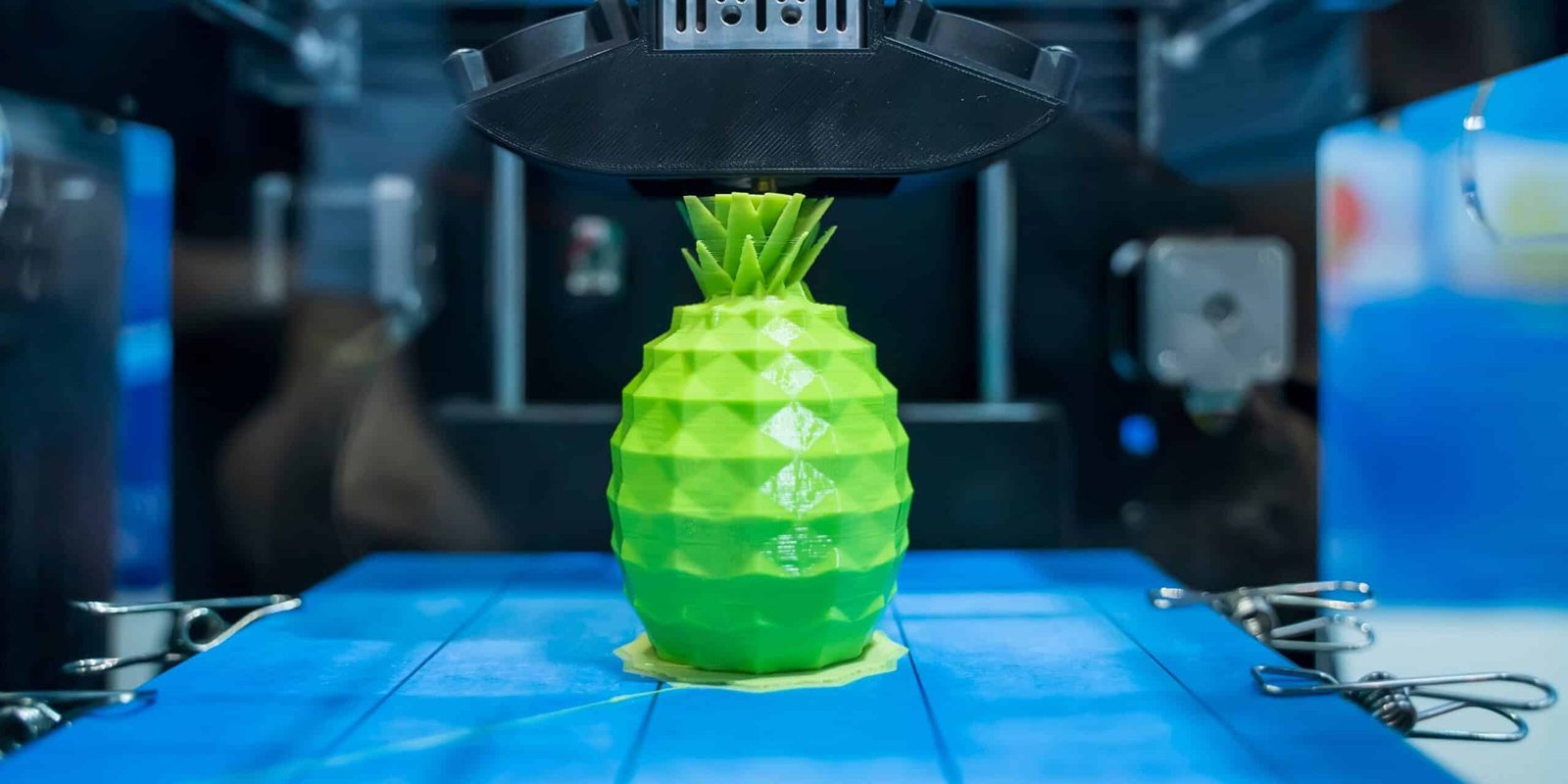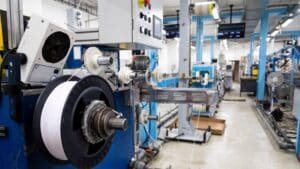As 3D printing technology continues to advance, enthusiasts and professionals alike explore its applications in various fields, including the creation of food-related items. However, a significant concern has emerged regarding the food safety of 3D printer filaments. This article aims to explore the question: Is 3D printer filament food safe?
Understanding 3D Printer Filaments
Before delving into the food safety debate, it’s essential to understand the composition of 3D printer filaments. The two primary types of filaments used in 3D printing are PLA (polylactic acid) and ABS (acrylonitrile butadiene styrene). PLA, derived from natural resources like corn starch, is biodegradable and generally considered safe for food-related applications. ABS, a petroleum-based plastic, is less commonly used in direct contact with food due to concerns about potential leaching of harmful substances.
Food Safety of PLA
PLA is widely regarded as a food-safe material for 3D printing. It is commonly used for creating items like custom-shaped cookie cutters, food containers, and other kitchen gadgets. PLA is composed of natural materials and is free from the harmful chemicals that may be present in some other types of plastics. However, it’s essential to ensure that the PLA filament used is specifically labeled as food-safe to guarantee its suitability for such applications. The issue, however, is how the printing process works.
When 3D printing any item, the layer-by-layer process creates a rough surface with micro-sized pockets that bacteria and viruses can easily hide in, and makes it hard to properly clean. More on that later.
Limitations of ABS in Food Contact
ABS, while versatile for various 3D printing applications, is generally not recommended for items that come into direct contact with food. This is because ABS can potentially release toxic substances, especially when subjected to higher temperatures during printing. When used for non-food-related projects, ABS can be a reliable choice due to its durability and strength.
Safety Measures for Food-Safe 3D Printing
When aiming to create food-safe 3D printed items, consider the following safety measures:
- Material Selection: Choose filaments labeled as food-safe, such as PLA. Verify the manufacturer’s specifications and certifications to ensure compliance with food safety standards.
- Dedicated Equipment: If planning to create food-related items, consider using a dedicated 3D printer or a separate extruder to avoid potential cross-contamination with filaments used for other purposes.
- Post-Processing: Thoroughly clean and sanitize 3D printed items before using them for food. This may involve additional steps such as sanding or coating to ensure a smooth and hygienic surface. Any small scratches, print imperfections, or even layer lines can cause areas for bacteria and food particles to hide.
While PLA is generally considered a safe option for creating food-related items through 3D printing, users must exercise caution and adhere to best practices. It is crucial to choose filaments labeled as food-safe, follow proper printing and post-processing procedures, and stay informed about the latest advancements and guidelines in the realm of food-safe 3D printing. By combining responsible practices with the right materials, enthusiasts can harness the potential of 3D printing technology while prioritizing food safety.




